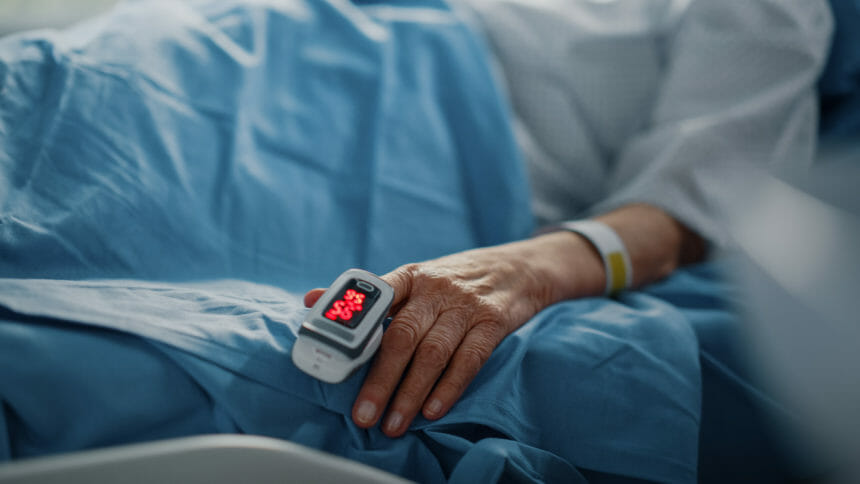
Healthcare-associated infections (HAI) have remained above pre-COVID levels in acute care settings, according to new federal data.
The 2021 National and State HAI Progress Report, published online Nov. 4, tracks data on infections linked to certain medical devices and bacteria. These include infections involving central lines, catheters, ventilators, surgical site infections, methicillin-resistant Staphylococcus aureus (MRSA) bloodstream events, and Clostridioides difficile (C. difficile) events.
HAI infections rise
The number of facilities reporting HAIs to the National Healthcare Safety Network rose again in 2021 after declining in 2020 due to pandemic reporting exceptions, the Centers for Disease Control and Prevention reported on Nov. 4. An analysis comparing 2020 and 2021 showed overall increases in quarterly standardized infections ratios for CAUTI, CLABSI and VAE infections, and no significant changes in SSIs for 10 surgical procedures studied. It also showed a 14% increase in hospital-onset MRSA bacteremia and a 3% decrease in hospital-onset C. difficile infections.
“In 2021, the nation and the world continued to experience unprecedented challenges due to the COVID-19 pandemic, which impacted surveillance for and incidence of HAIs,” the authors wrote. “Compared to pre-pandemic years, hospitals across the nation experienced higher than usual hospitalizations and shortages in healthcare personnel and equipment, which may have resulted in deterioration in multiple patient safety metrics since the beginning of the pandemic.”
While progress has been made, more needs to be done to prevent HAIs across healthcare settings, they added. Healthcare-associated infections are commonly found in older adults upon admission to post-acute care facilities and can lead to hospital readmissions.
“Each day, approximately one in 31 U.S. patients and 1 in 43 nursing home residents’ contracts at least one infection in association with their healthcare, underscoring the need for improvements in patient care practices in U.S. healthcare facilities,” the authors concluded.
Related stories:
Pandemic has eroded patient safety gains, researchers argue
Properly protected, healthcare workers at no greater risk of infectious disease, study finds
‘A long time coming’: LTC infection preventionists get new certification option



